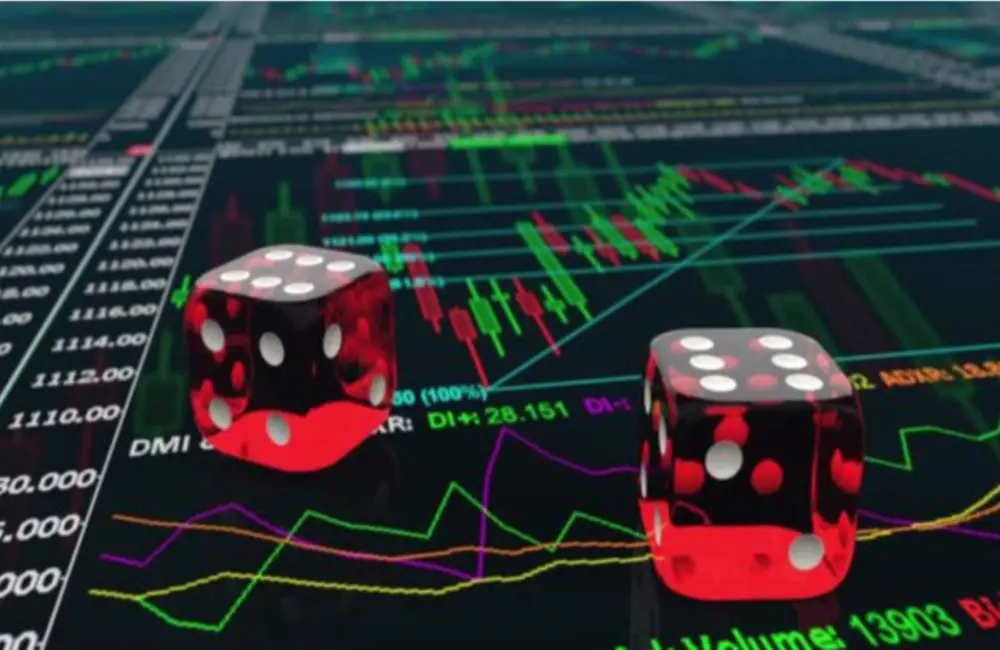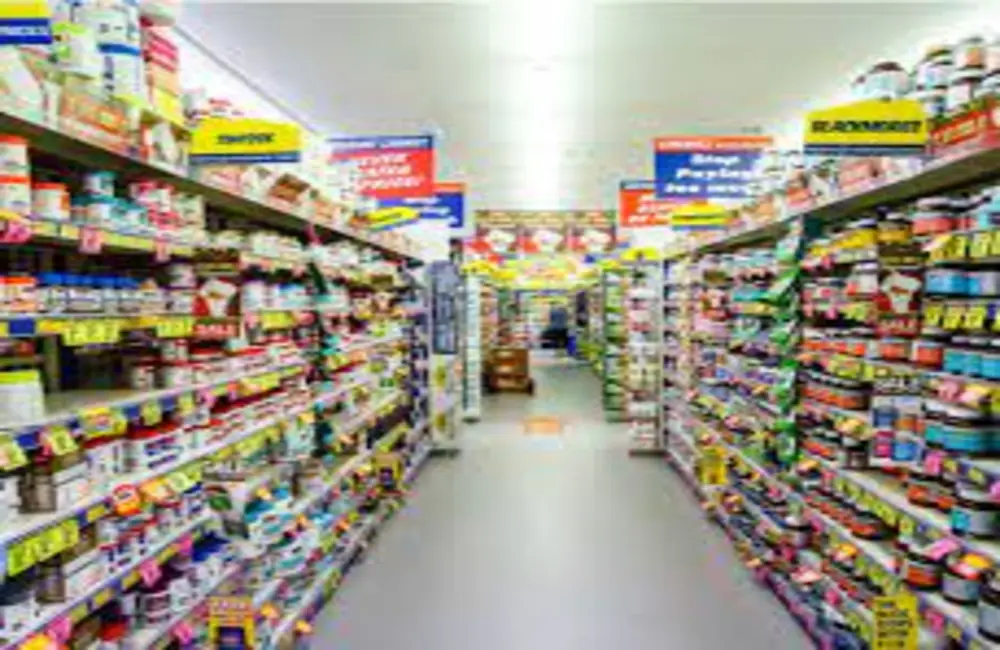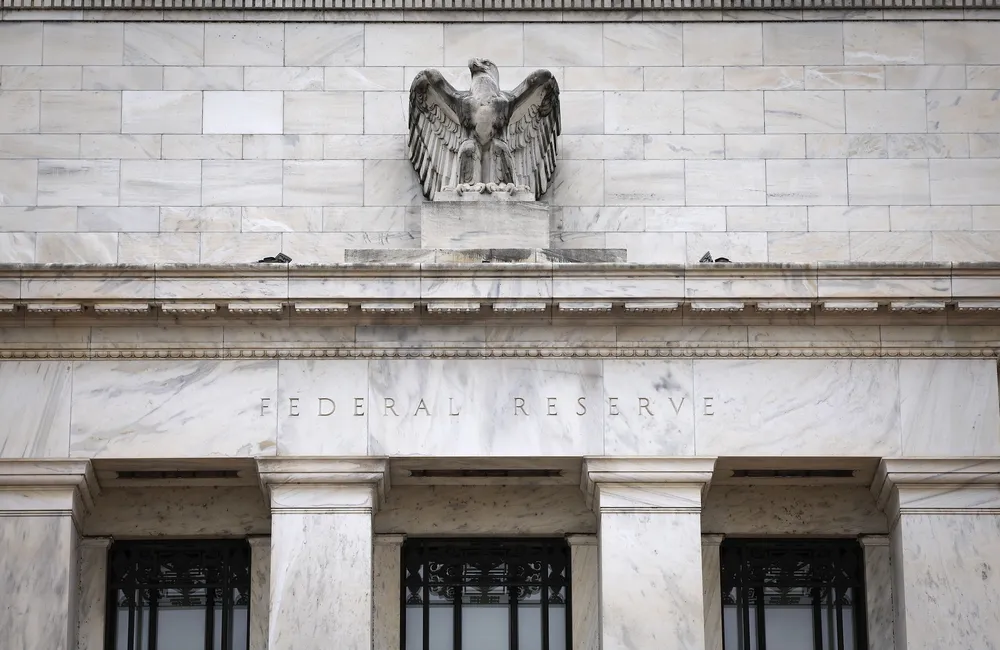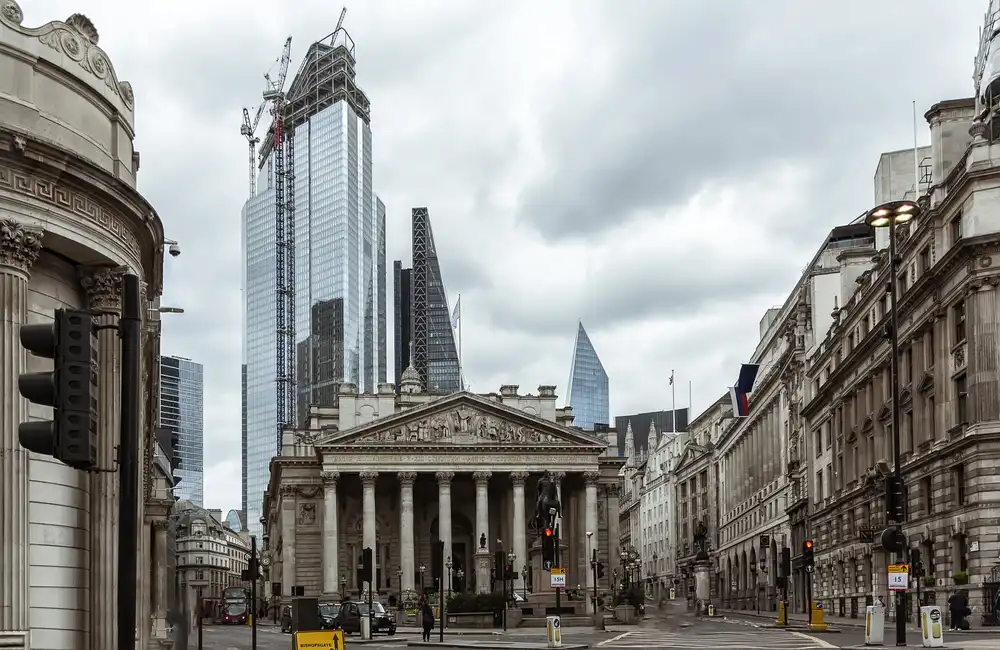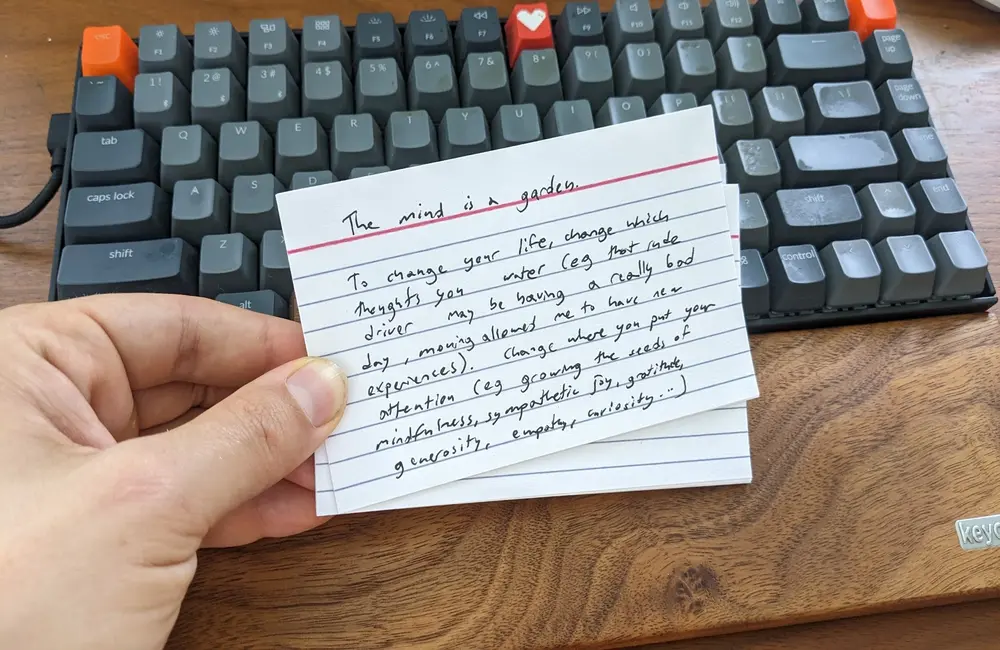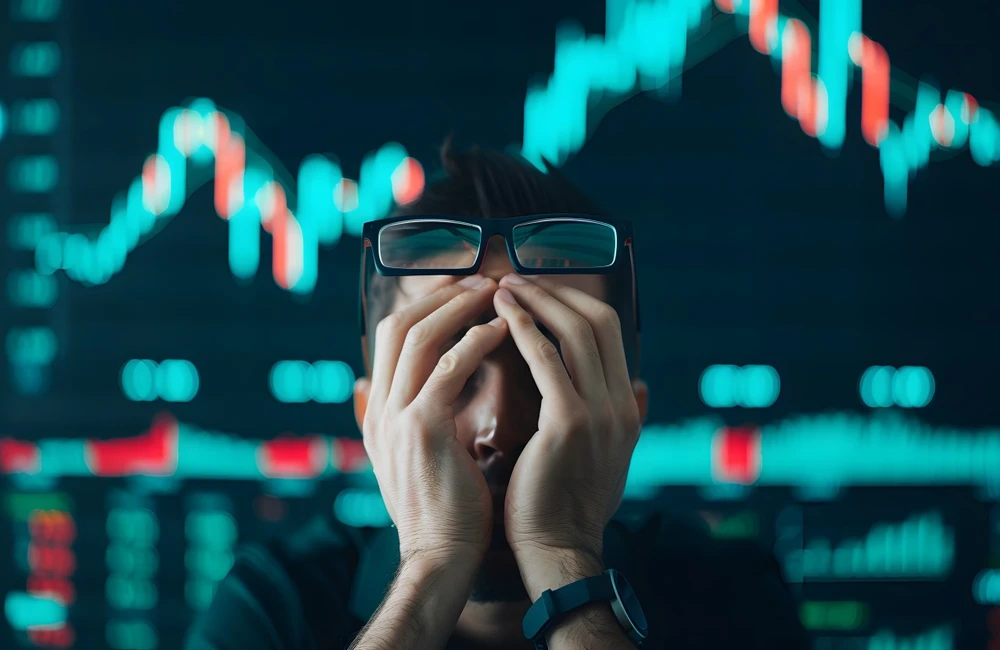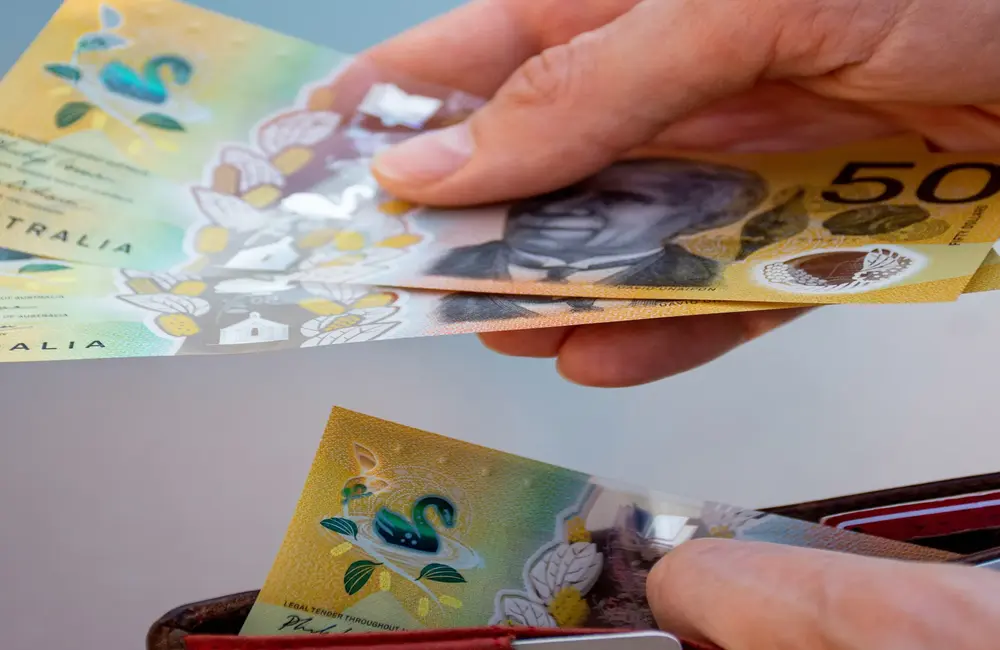ASX futures were up 22 points, or 0.3%, to 7059 at 8.00 am AEST, indicating a point up for trade.
The S&P 500 gained 2.6 percent, while the technology-heavy Nasdaq Composite Index rose 3.6 percent. The Dow Jones Industrial Average rose 653 points, or 2%. The three indexes snapped four straight sessions of losses.
European markets bounced ahead of others after Russia’s foreign ministry spokeswoman said on Wednesday Russia would prefer to attain its goals through dialogue. The pan-European Stoxx Europe 600 surged 4.7 percent, its largest one-day advance since March 2020. Investors are also waiting for an EU summit on Thursday to bring new spending proposals to counter the implications for the economy of Russia’s invasion of Ukraine.
Days of rapid gains in oil markets reversed dramatically overnight after the United Arab Emirates said it would back an increase in output within the OPEC oil cartel. The international benchmark Brent Crude dropped 12% to US$112.98 by 8.00 am AEST.
“Anytime we have days that are a relief from commodity prices, we’re likely to see stocks respond positively,” said Kristina Hooper, chief global market strategist at Invesco.
The S&P/ASX 200 closed 1% higher at 7053.0 on Wednesday, rebounding off three days in the red as banks and choppy techs led strength. It had lost 2.4% over the last three sessions but brushed off a negative lead from US indexes to return just over the 7000-point mark.
The financial heavyweight sector added 1.5% after RBA Gov. Philip Lowe said an interest-rate hike was on the cards for 2022. Lenders ANZ, Westpac, Macquarie, NAB and Commonwealth rose between 1.3% and 1.9%.
NEXTDC, Block, WiseTech, Life360 and Novonix added 4.3% to 8.3%, as the tech sector lifted off recent deep losses.
Commodity markets reversed days of frenetic gains. Futures for gold were down US$ 2.3 percent, trading at $1996.80 while iron ore prices were down 2.9 percent and at US$ 157.55 per tonne and the Bloomberg Commodity Index, which captures the performance of 23 commodities, slumped 5.1%.
A recovery in risk appetite also led to investors scrolling away from safe haven bonds. The yield on the US 10-Year Treasury Notes spiked to 1.94%. Locally, the yield on the Australian 10-year bond was 2.31% higher. Yields rise when prices fall.
The Australian dollar was up overnight and was buying 73.22 US cents at 8.00 am AEST, higher than the previous last at 72.69. The WSJ Dollar Index, which measures the buck against 16 others, lost ground to 90.85.
Asia
Chinese stocks were down as investors felt cautious as more geopolitical risks for investors to watch after the United States banned imports from oil and other energy sources in Russia. The benchmark Shanghai Composite Index dropped 1.1% and the Shenzhen Composite Index declined 1.1%. The ChiNext Price Index fell 0.6%. Industrial companies, steel producers, and chemical suppliers, in particular, were the biggest losers, with sharply higher oil and coal prices expected to squeeze their profitability.
The Hang Seng Index in Hong Kong dropped 0.7% after swinging between gains and losses during the session as concern over new US sanctions against Russia weighed. Something the US has done that many hoped it would not: stop importing Russian oil and other energy products, AvaTrade says. Among the worst performers on the HSI were Country Garden, which dropped 7.1%, and China Overseas Land & Investment, which was down 4.1%. Wharf (Holdings) lost 5.0%, having adopted a cautious outlook for 2022. Meanwhile, Cathay Pacific Airways climbed 4.7% after posting a narrower loss for 2021 as compared with 2020. Other tech stocks did better, with Xiaomi, NetEase, and Meituan all up over 2%. The Hang Seng TECH Index finished 0.3% up.
Japanese shares fell, dragged down by electronics stocks, as uncertainty over the war in Ukraine and how it will affect global trade lingered. Nidec fell 4.1% and TDK dropped 3.2%. The Nikkei Stock Average dropped 0.3%. Ukraine headlines remained in focus as the US banned imported oil, and other energy sources, from Russia.
Europe
European stocks finished the day in the green, driven higher by hopes of a resolution to the ongoing Russia-Ukraine conflict as well as the expectation of greater fiscal stimulus from the European Union. The pan-European Stoxx Europe 600 climbed 4.7 percent, its largest single-day rise since March 2020.
It would, however, prefer to achieve its goal of ensuring Ukraine’s neutral status via negotiations, Russia’s foreign ministry said.
“It seems to have been interpreted as a greater willingness on the part of Russia to be keen to see an end to hostilities as soon as possible,” says CMC Markets. “The markets are also receiving some support by speculation that European Union leaders are on the verge of stitching together a fiscal stimulus plan in a specially called EU summit tomorrow.
The FTSE 100 in London climbed 3.3%, as markets in Europe posted a large rebound after Russia’s foreign ministry made comments to the effect that it would be better if their aims were met through talks, CMC Markets UK says.
BP and Shell were weaker after oil prices fell, but Russian miners Evraz and Polymetal were up sharply after both said they didn’t feel they were at risk of being affected by Russian sanctions.
Russia’s stock market was closed, but its currency trading was open. In the offshore market, the ruble slipped a touch lower again in choppy trading to about 128 rubles to the dollar. Russia's currency has been volatile since it took measures to stem its sell-off, and Western banks have cut off Russian assets.
North America
US stocks surged and oil prices fell on Wednesday, continuing a bumpy period as investors track the economic impact of the war in Ukraine.
The S&P 500 gained 2.6 percent, and the technology-heavy Nasdaq Composite Index climbed 3.6 percent. The Dow Jones Industrial Average gained 653 points, or 2%. The three indexes ended a four-day losing streak.
The war in Ukraine has driven major swings in stocks, commodities, currencies, and bonds. It’s difficult for investors trying to gauge where the conflict is going, the ever-changing Western sanctions on Russia and their ramifications for the global economy.
“The market sentiment and the daily movement, and even the intraday movement, certainly has been whipsawed by the headlines around the conflict in Ukraine,” David Sekera, chief US market strategist, said.
The tumult has sent stock indexes plummeting, wiping out most of last year’s gains. Both the Dow industrials and the Nasdaq are in a bear market, down more than 20 percent from a peak in November ended Tuesday at levels not reached until about a year ago. Analysts said Wednesday’s rally might just be markets getting a breather.
“The caution here in chasing this dip is real, especially as these economic impacts and fears start to bleed into our economy as well through consumer confidence,” said Jerry Braakman, president and chief investment officer of First American Trust.
A rise in oil prices, recharged with propulsion by the US ban on Russian energy, has also inflamed fears that prolonged inflation and weak growth might meet, with the potential to ignite a 1970s stagflationary decade. Before Russia invaded Ukraine, major central banks were in line to embark on tightening monetary policy. Jerome Powell, the Federal Reserve chair, said last week that he planned to push for a quarter percentage-point increase at the central bank’s meeting this month. Data on the consumer price index released Thursday morning will give investors clues about the inflation pace.
Brent-crude futures, the international benchmark, fell $16.84 a barrel, or 13%, to $111.14, the biggest one-day percentage decline since April 2020. US bans imports of Russian oil, gas; Putin bans exports to “unfriendly nations”
“Anytime we have days where there is relief in commodity prices, we’re likely to see stocks react positively,” said Kristina Hooper, chief global market strategist at Invesco.
The rally in equities prompted investors to retreat from haven assets on Wednesday. The ICE US Dollar index, which comps the currency against a basket of its rivals, fell 1%, on track for biggest single-day decline since March 2020. That pullback follows a winning streak that lifted the greenback to its strongest in nearly two years. The yield on 10-year Treasury notes ticked up to 1.944% from 1.870% Tuesday. Bond prices move in opposite directions from yields.
Gold prices, another asset that investors see as relatively safe, fell $54.20 a troy ounce, or 2.7 percent, to $1,985.90, the biggest one-day dollar and percentage drop since June 2021. Trading of the metal resumed for another day after violent moves Tuesday pushed nickel to briefly top $100,000 a ton for the first time ever.
Travel and textile stocks gained in New York trading. Cruise lines Carnival and Royal Caribbean gained 8.8% and 5.6%, respectively. American Airlines Group and United Airlines Holdings gained 5.9 percent and 8.3 percent, respectively. Tapestry Inc. rose 11%, headed for its best session since April 2020.
Goldman Sachs lifted its 2022 estimates for share buybacks in the S&P 500 to $1 trillion on Monday. The companies’ strong balance sheets have been giving investors comfort, said Jessica Bemer, portfolio manager at Easterly Investment Partners.
We know the market is essentially walking in quicksand. We don’t know if today is the low or tomorrow is the low, but we do know these companies are going to stick around and emerge," she said.
Shares of energy, which has been the star performer this year, fell. Halliburton dropped 5.2 percent and Marathon Oil fell 2.9 percent.
In the cryptocurrency market, bitcoin rebounded from a recent drop, gaining about 10 percent from its 5 pm New York closing price to around $42,396. On Wednesday, President Biden signed an executive order directing agencies throughout the federal government to look into the creation of a US digital currency.







